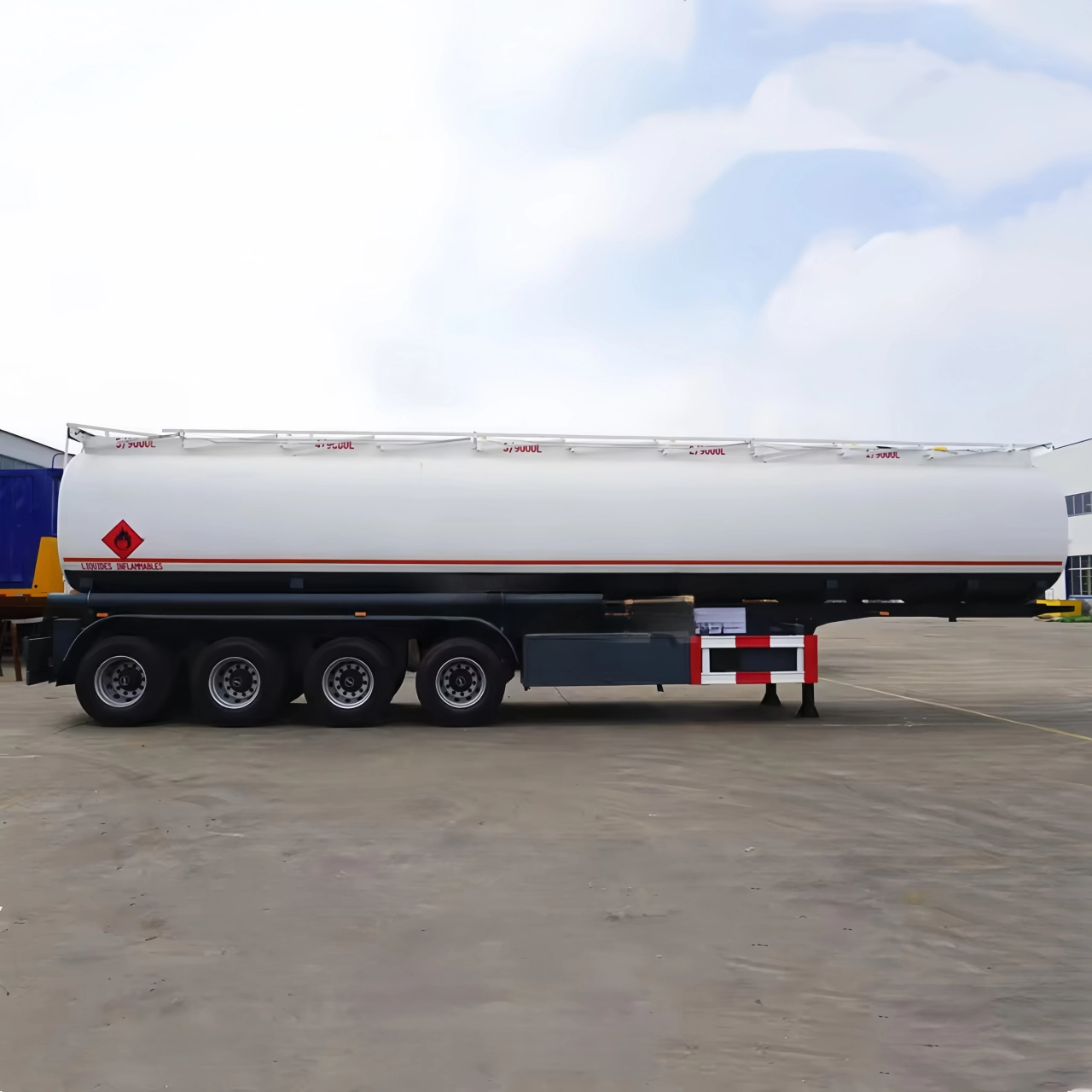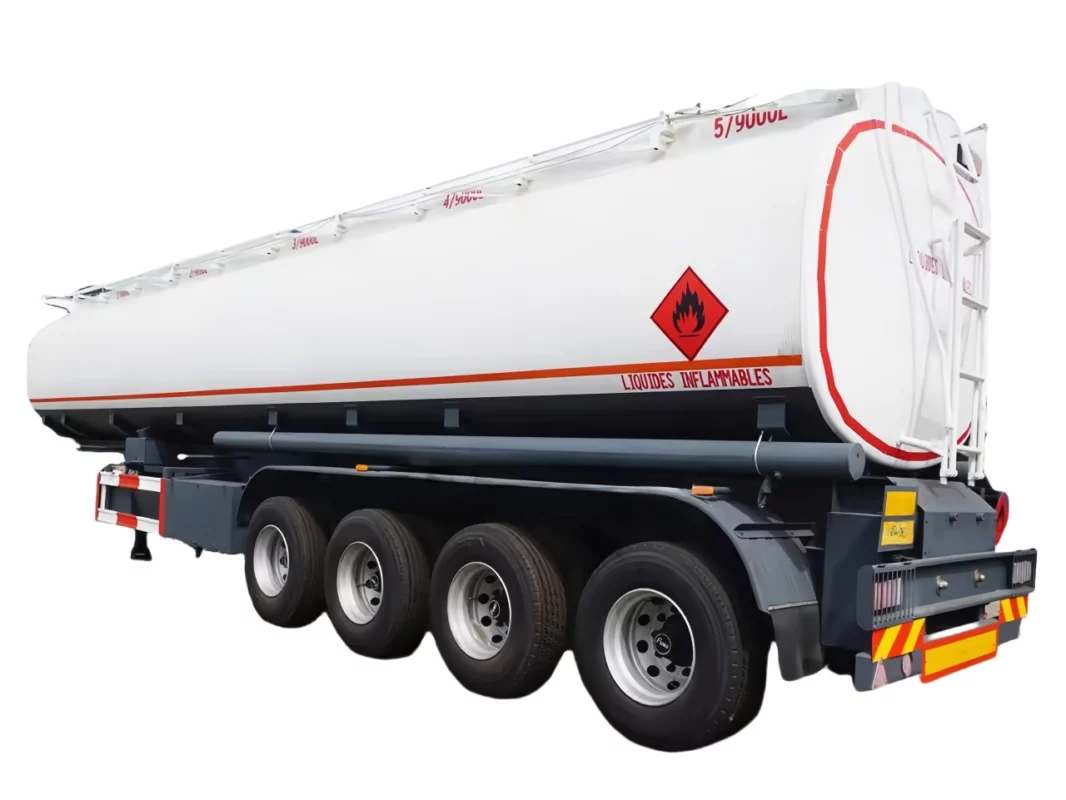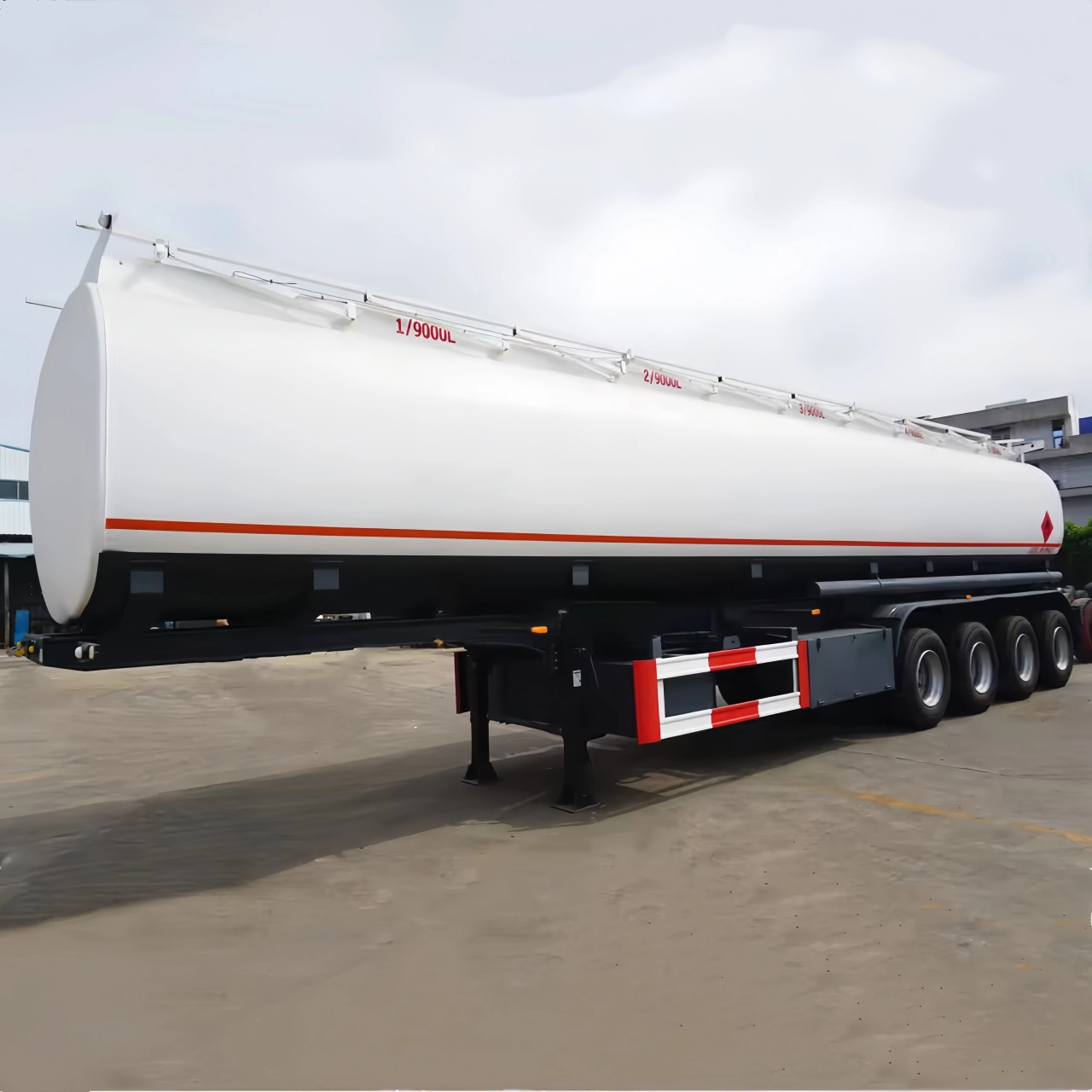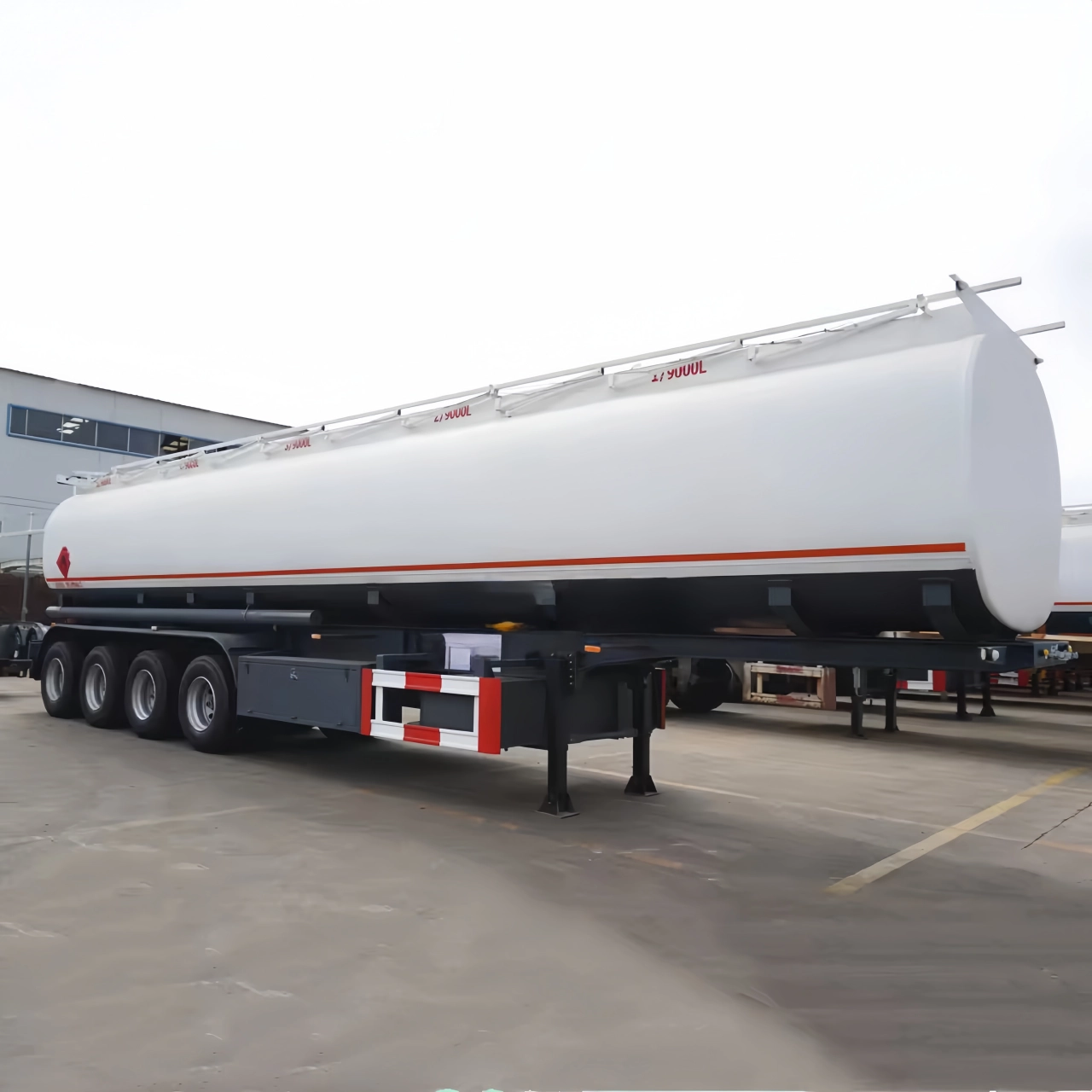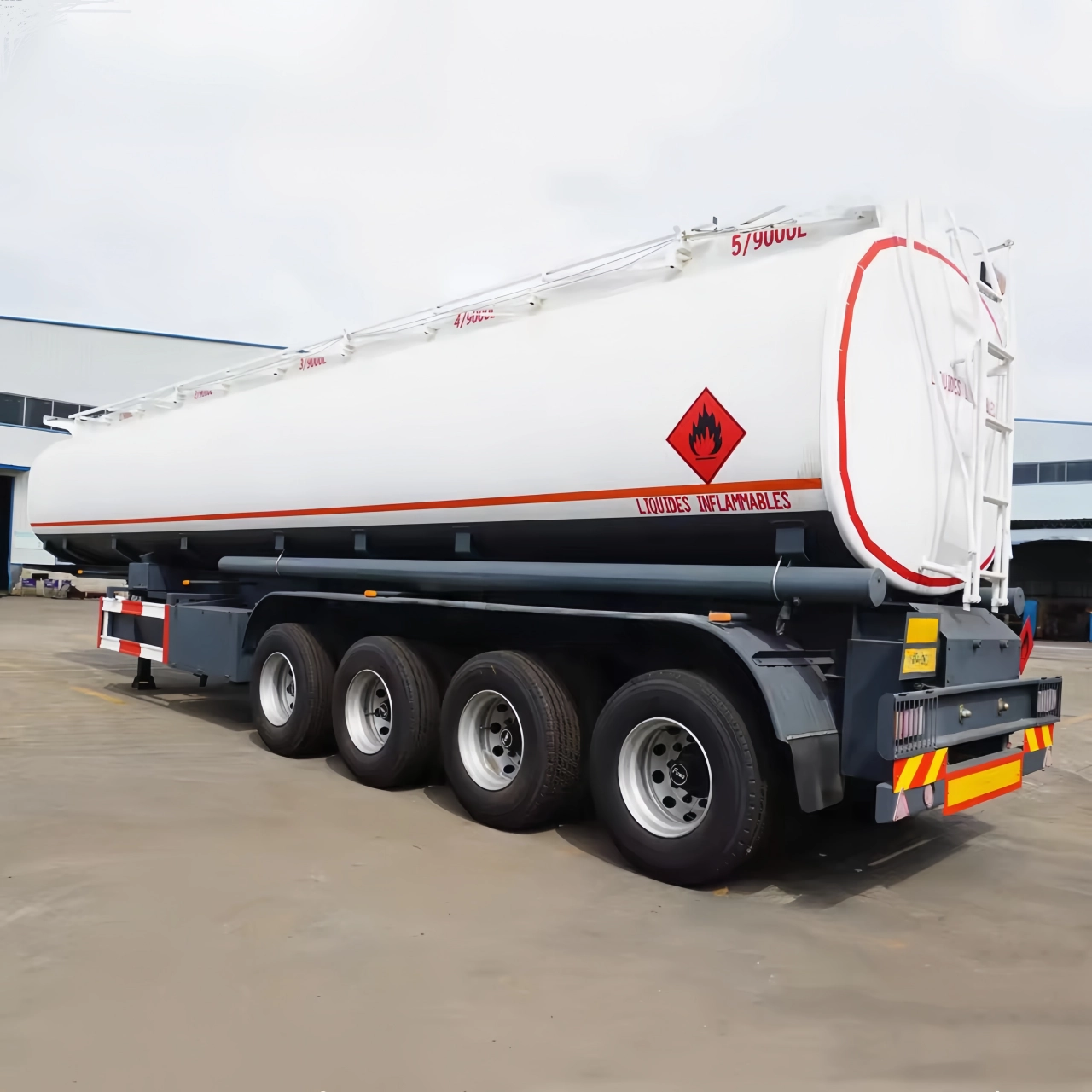Fuel tank trailers are essential components in the transportation of petroleum products and other liquid fuels across long distances. Their capacity plays a critical role in determining efficiency, safety, and economic viability in fuel logistics. Understanding what determines the capacity of a fuel tank trailer and the factors that influence its design and limitations is essential for fleet managers, fuel distributors, and logistics planners. This article explores the typical capacities of fuel tank trailers, the key design considerations, regulatory frameworks, and their operational implications.
Understanding Fuel Tank Trailer Capacities
The capacity of a fuel tank trailer refers to the total volume of liquid fuel that the trailer can carry safely and legally. This capacity is typically measured in liters or gallons, depending on regional standards. In general, the capacity of fuel tank trailers ranges from 20,000 liters (5,300 gallons) to 60,000 liters (15,850 gallons). However, several factors, such as axle configurations, road regulations, trailer type, and intended usage, can affect the actual volume.
Common Fuel Tank Trailer Capacities
Fuel tank trailers come in various sizes to suit different needs:
- Small Capacity Tankers (15,000–25,000 liters / 4,000–6,600 gallons):
- Typically used for local fuel delivery to gas stations, farms, and construction sites.
- Common in urban areas with tight streets or weight restrictions.
- Medium Capacity Tankers (25,000–40,000 liters / 6,600–10,600 gallons):
- Ideal for regional transport or supply chains covering moderate distances.
- Often used by private fuel companies for intercity delivery.
- Large Capacity Tankers (40,000–60,000 liters / 10,600–15,850 gallons):
- Designed for long-haul transportation across states or countries.
- Maximize payload efficiency and reduce the cost per liter delivered.
- Specialized Super Tankers (Over 60,000 liters / 15,850 gallons):
- Used in countries or regions with lenient road weight restrictions.
- May include multi-axle trailers or road trains in places like Australia.
Factors That Influence Tank Trailer Capacity
1. Axle Configuration and Legal Load Limits
The number of axles on a trailer determines how much weight it can carry legally. More axles allow higher gross vehicle weight (GVW), which in turn permits larger fuel capacities. For example:
- A tri-axle trailer may be limited to 36,000 liters in many countries.
- A quad-axle trailer can exceed 45,000 liters depending on road laws.
- B-double or road trains with multiple tank segments may carry over 100,000 liters in some jurisdictions.
2. Regional Road Regulations
Different countries have specific rules regarding maximum vehicle lengths, weights, and axle loads. For instance:
- In the United States, a standard tanker trailer usually has a capacity of about 9,000 to 11,500 gallons (34,000–43,500 liters).
- In Europe, regulations often limit fuel trailers to around 40,000 liters, with the exact figure depending on the country’s weight limits.
- In Australia, road trains can carry up to 100,000 liters or more, using multiple interconnected tanker trailers.
3. Trailer Design and Shape
The shape and internal structure of a trailer impact its volume. Fuel tank trailers are often cylindrical or elliptical to handle pressure and reduce sloshing. Elliptical tanks, while lower in profile, often have greater capacity due to their wider cross-section.
4. Compartmentalization
Most fuel tank trailers are divided into multiple compartments. This allows for the simultaneous transport of different types of fuel (e.g., gasoline, diesel, ethanol). Each compartment can range from 2,000 to 10,000 liters, depending on the overall capacity. While compartmentalization slightly reduces total capacity due to internal walls, it increases operational flexibility and safety.
5. Material and Construction
Fuel tankers are generally made from aluminum, carbon steel, or stainless steel. Aluminum is lightweight and corrosion-resistant, which allows for higher volume within the legal weight limits. Steel tanks, while heavier, are preferred for more rugged conditions or when carrying more volatile substances.
Why Capacity Matters
1. Fuel Delivery Efficiency
Larger capacity tankers allow companies to deliver more fuel per trip, reducing fuel costs, driver hours, and vehicle wear. This efficiency is crucial for long-haul routes or high-volume customers such as airports, logistics hubs, or mining operations.
2. Cost Optimization
More capacity generally means fewer trips, which translates into reduced operational costs. However, it must be balanced with the price of larger vehicles, increased maintenance needs, and the risk of exceeding road weight limits.
3. Environmental Impact
Fewer trips due to larger payloads mean lower emissions per liter of fuel delivered. This makes high-capacity fuel tankers an environmentally smarter choice, especially for companies with sustainability goals.
4. Operational Flexibility
Tanker capacity, especially with multiple compartments, allows logistics planners to optimize routes. For example, one trailer can deliver different types of fuel to several customers in a single run.
Challenges and Limitations
1. Road Restrictions
Many regions restrict the maximum allowable gross vehicle weight and dimensions, which can cap the usable capacity of a tanker trailer.
2. Safety Regulations
Fuel tankers must adhere to strict safety standards, including:
- Pressure testing and leak prevention.
- Anti-surge baffles to control liquid movement.
- Proper labeling and emergency shutoff systems.
These safety features may reduce effective capacity, but are critical for safe operation.
3. Loading and Unloading Considerations
Filling a trailer to maximum capacity must consider temperature fluctuations (which cause fuel expansion), density variations, and emergency headspace requirements to prevent overfilling.
Conclusion
The capacity of a fuel tank trailer is a balance between design, legal regulations, and operational requirements. Most trailers fall in the 20,000 to 60,000-liter range, with some exceeding this in specific regions. When selecting a tanker for your fleet or planning fuel delivery logistics, it is vital to consider axle limits, road laws, trailer design, and compartment configurations. While maximizing capacity can yield economic and environmental benefits, it must always be aligned with safety and regulatory compliance.
Fuel tank trailers are not just steel containers on wheels—they are precision-engineered tools designed to deliver fuel efficiently and safely. Understanding their capacity is the first step toward optimizing fuel transport operations in today’s fast-paced logistics world.
